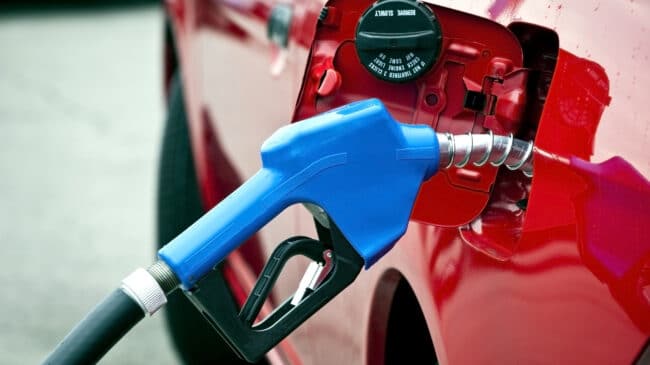California’s highways and bridges need repair, maintenance and expansion, but the state’s gas tax revenue is falling and is projected to drop significantly. While the gas tax has been reliable for many decades, it is increasingly unsustainable and needs to be replaced.
Today’s cars and trucks use less fuel, which reduces the state’s gas tax revenue. Most internal combustion engine vehicles— still representing most vehicles on the road today— drive further on a gallon of gas. For example, today’s Toyota Camry is five gallons more fuel efficient than 20 years ago. Thus, a Camry owner who drives 12,000 miles a year pays $61 less in state fuel taxes.
California also has 1.2 million electric and hybrid vehicles, which is by far the largest in any state. Owners of these vehicles need to pay their proportional share to maintain the road system. Under California law, electric vehicles pay $100 yearly to use highways, while an equivalent internal combustion engine car pays about $300 a year. Thus, the shift to electric and hybrid vehicles results in a loss of about $200 million a year in state transportation revenue to maintain roads and bridges.
State law is set to ban new gasoline-powered vehicles from being sold by 2035. While the unrealistic law may be delayed, as electric and hybrid vehicles replace older vehicles, the state’s gas tax funding shortfall will only increase.
“Compared to 2023-24, by 2034-35, gasoline excise tax revenues decrease by $5 billion (64 percent), diesel excise tax revenues decrease by about $290 million (20 percent), and diesel sales tax revenues decrease by about $420 million (32 percent),” the Legislative Analyst’s Office projected last year.
To address the gas tax’s falling purchasing power, California policymakers passed Senate Bill 339 in 2021, authorizing a new road user charge pilot program. Unlike past pilot programs, drivers will pay charges for the miles they drive and be reimbursed for fuel taxes they pay.
With a road user charge, drivers pay based on the number of miles they drive. People who drive more pay more, and people who don’t drive don’t pay. This road user charge system is more equitable for those who don’t own vehicles than other potential infrastructure payment methods, like a highly regressive sales tax or the state budget’s general fund.
The road charge pilot program will select 800 people who will answer a survey to gauge their feelings towards road charges before the program. After participating in a six-month program and paying the charges, they’ll take a survey to see if their feelings have changed and what the state can learn and improve upon.
However, the pilot program’s design could be better. For a state the size of California, which, after losing residents for years, reportedly grew to 39 million residents last year, more than 800 participants are needed for a pilot program at this stage.
Further, California has already conducted six other studies on mileage-based user fees. With this pilot program, the state will have studied almost every aspect of road charging. California needs to join the five other states—Hawaii, Oregon, Utah, Vermont, and Virginia—that have moved beyond studies and starting to implement permanent mileage-based user fee programs. More progress should be made in scaling up and implementing a permanent shift to replace gas taxes with road user charges.
Transitioning from gas taxes will take time, and California can learn from other states’ experiences. Oregon has some of the strictest privacy laws, ensuring drivers’ personal data is protected from the government and other actors. Virginia has the most extensive pilot program and the best overall state model thus far.
Virginia’s Mileage Choice Program is a voluntary program open to drivers with vehicles that average 26 miles per gallon or higher. Electric and hybrid cars that don’t enroll pay the state’s highway use fee, averaging $200 to $300 a year. Fuel-efficient internal combustion engine vehicles not enrolled in the program also pay Virginia’s annual highway use fee. Most of those drivers found it cheaper to pay a road charge than the annual fees, so almost 20,000 people enrolled in the program, five times higher than any other state.
It’s time for California to be more forward-thinking in its road usage charge program by opening it up to more drivers and moving more quickly to a long-term replacement for gas taxes.
A version of this commentary first appeared in The Orange County Register.

